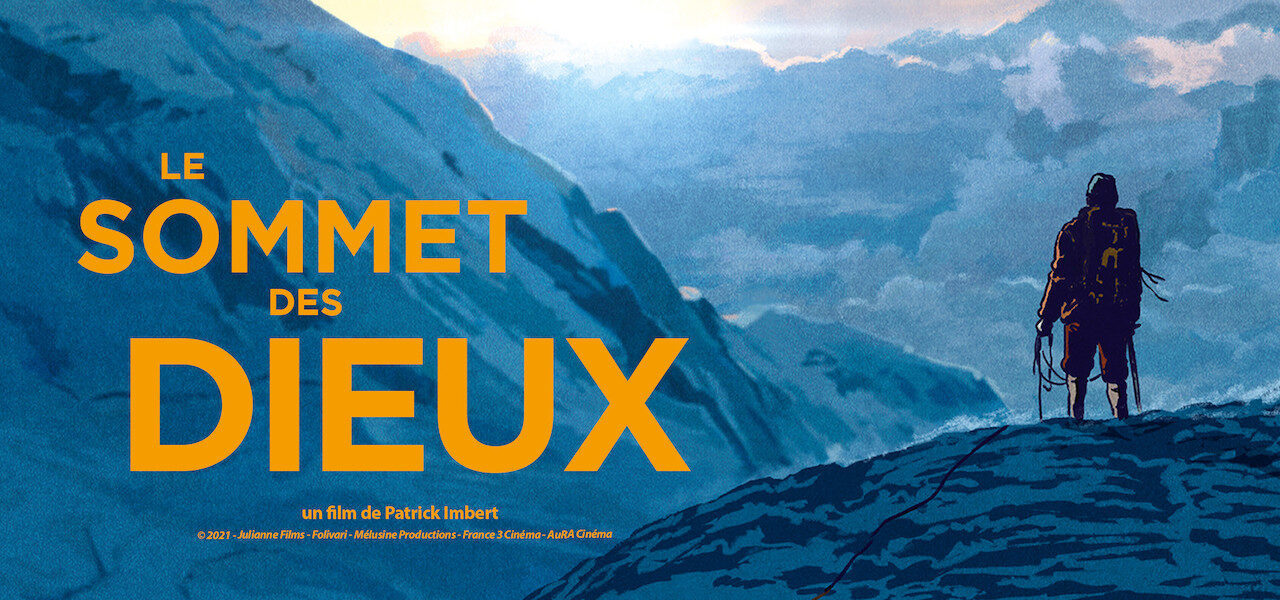

Keep An Eye On The Upcoming French Feature ‘The Summit Of The Gods’ (Annecy WIP)
The Summit of the Gods, an adaptation of the eponymous manga by Jiro Taniguchi, was first announced back in 2015. If it has taken this long to enter production, it’s because the team spent four years finding the right “artistic slant” on their 1,000-page source text. That gives you a sense of this project’s ambition.
The film, which tells the tale of a climber’s attempt to scale Everest’s south-west face, has been slowly building buzz on the European indie scene. Much of that is to do with the talent involved. Taniguchi himself was a renowned artist — Guillermo del Toro called him a “manga poet” — whose style came closer to Franco-Belgian comics than many of his Japanese peers. He gave his blessing to this adaptation before his death in 2017.
The all-European production is helmed by veteran animator Patrick Imbert (Ernest & Celestine) in his feature directorial debut. He has some top-flight artists by his side, including art director David Coquard-Dassault (Peripheria), and heavyweight producers including Didier Brunner (The Triplets of Belleville, Kirikou and the Sorceress). Brunner has called this “one of the most important films in my career.”
A range of materials were shown in the presentation, from animatic and concept art to finished animation. The impression is of a film that values silence and space — appropriate, given the subject. The Himalayan setting is depicted in sweeping vistas whose snowy expanses are enlivened by subtly expressionistic colors (an invention of the film’s, as the manga is black and white). The film employs a 2d/3d hybrid, but designed to look like a 2d feature.
The design is naturalistic, the animation restrained — “not the standard animation usual in French or European productions,” says lead animator Nils Robin. Some will inevitably suggest that the film could have been made in live action (the manga has in fact been adapted as a live-action feature in Japan). From what we saw, there’s a cinematographic boldness and richness of color that fully justify the choice of medium.
The presentation was upfront about the production woes: even before the coronavirus, the team was six months behind schedule and facing a big logjam at the editorial stage. One artist describes the experience as “chaotic beauty.” The materials we saw conveyed only the beauty.
Director: Patrick Imbert
Producers: Jean-Charles Ostorero, Damien Brunner, Stéphan Roelants
Distributor: Diaphana Distribution
Target public: Teens, Young adults, Adults
Release: 2021
This article is part of our wider coverage of the Annecy. See here for more.
